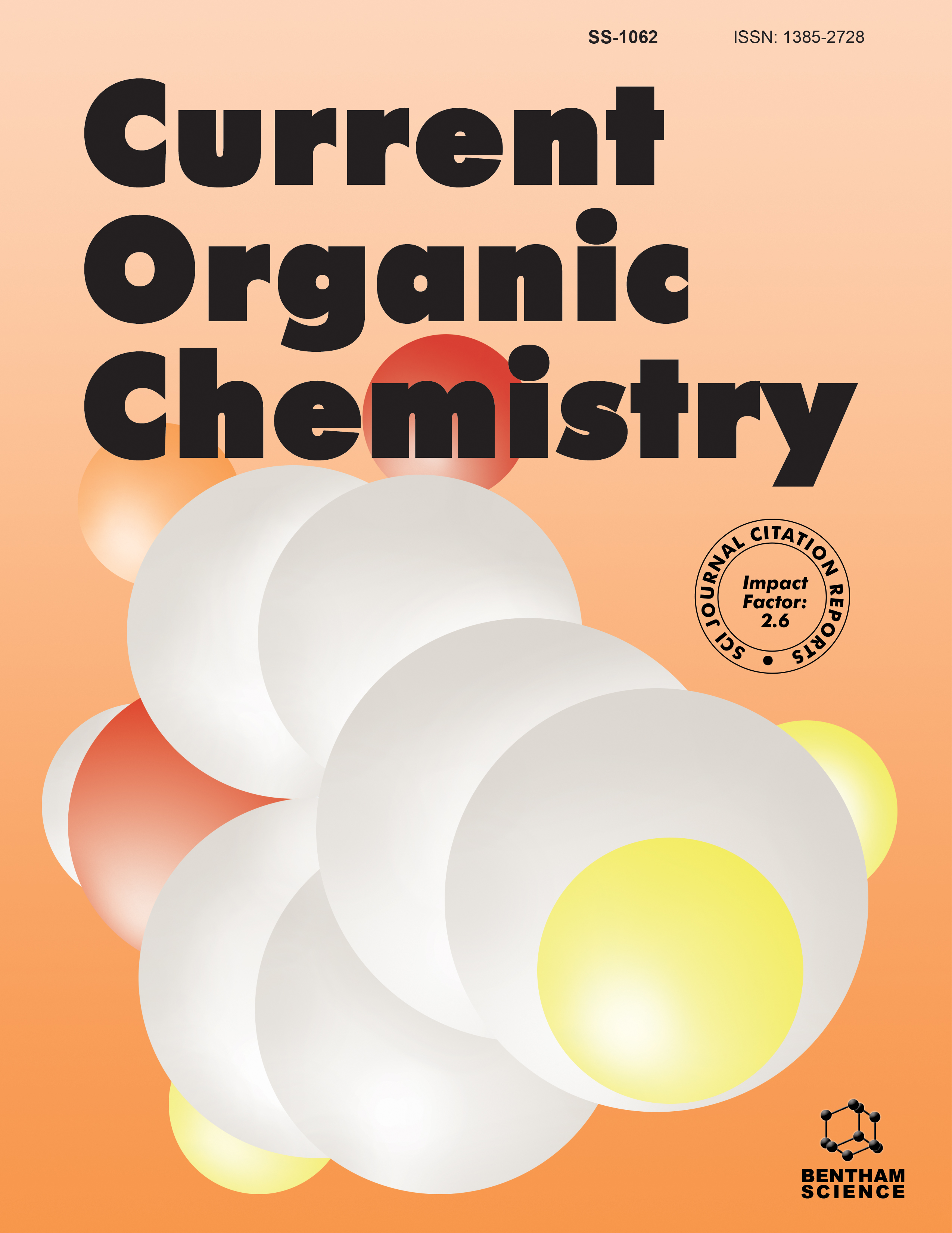- Home
- A-Z Publications
- Current Organic Chemistry
- Previous Issues
- Volume 7, Issue 1, 2003
Current Organic Chemistry - Volume 7, Issue 1, 2003
Volume 7, Issue 1, 2003
-
-
Iron Complexes in Carbohydrate Chemistry
More LessAuthors: A. Zamojski and S. JaroszFormation and synthetic applications of carbohydrate-iron complexes possessing C-metal bond are discussed. Some of these intermediates are stable and can be isolated and characterized. In many instances, however, the sugar carbon-iron complexes exhibit a limited stability and are directly converted into the final products without their prior isolation and characterization. Nevertheless, the presence of such complexe Read More
-
-
-
Carbohydrate Derivatives Containing the Carbon-Lithium and Carbon- Tin Bonds
More LessAuthors: S. Jarosz and A. ZamojskiThe monosaccharide derivatives containing the C-Sn and C-Li bonds are reviewed. Both types of these organometallics are useful intermediates in the synthesis of variety of optically pure compounds such as higher carbon sugars, C-disaccharides, carbocyclic derivatives, etc.Organometallics containing the C-Sn bond are usually stable and can be isolated in the pure form, but their reactivity is low. The tin moiety in such comp Read More
-
-
-
1,2-cis O-Glycosylation: Methods, Strategies, Principles
More LessThe aim of this review is to discuss the accomplishments made in the area of the stereoselective formation of a 1,2-cis glycosidic bond. Importance of this subject derives primarily from the natural occurrence of numerous 1,2-cis-linked oligosaccharides, glycosides, and glycoconjugates, which are widely distributed in living tissues. These compounds are also found in the human milk, in blood group compounds, in bacterial lipop Read More
-
-
-
Selective Carbohydrate Recognition by Synthetic Receptors in Aqueous Solution
More LessBy S. StrieglerThe molecular recognition of carbohydrates in water is an intriguing subject in view of the important role of saccharides in biological activities, such as intercellular recognition, signal transduction or as targets of bacterial / viral infection of cells. Considerable efforts have been directed toward understanding and mimicking such recognition processes, and developing effective agents to control these events. Driven by the need t Read More
-
Volumes & issues
-
Volume 29 (2025)
-
Volume 28 (2024)
-
Volume 27 (2023)
-
Volume 26 (2022)
-
Volume 25 (2021)
-
Volume 24 (2020)
-
Volume 23 (2019)
-
Volume 22 (2018)
-
Volume 21 (2017)
-
Volume 20 (2016)
-
Volume 19 (2015)
-
Volume 18 (2014)
-
Volume 17 (2013)
-
Volume 16 (2012)
-
Volume 15 (2011)
-
Volume 14 (2010)
-
Volume 13 (2009)
-
Volume 12 (2008)
-
Volume 11 (2007)
-
Volume 10 (2006)
-
Volume 9 (2005)
-
Volume 8 (2004)
-
Volume 7 (2003)
-
Volume 6 (2002)
-
Volume 5 (2001)
-
Volume 4 (2000)
Most Read This Month
Article
content/journals/coc
Journal
10
5
false
en


